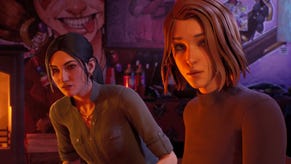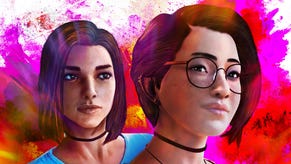Life is Strange has grown up with its protagonist in Double Exposure, which makes for a great story, but also a grim reminder of our own lost youth
Max Caulfield is pushing 30 in her return to the series, and while the franchise formula remains largely intact, a lot of its teenage optimism has dissipated.
I've now played (courtesy of the early access Ultimate Edition) the first two chapters of Life is Strange: Double Exposure, which sees original protagonist Max Caulfield return to the spotlight for her first full-length game in nearly a decade. The original Life is Strange celebrates its 10th anniversary in January, and while Square Enix hasn't explicitly associated Max's reappearance with this upcoming milestone, it feels like it can't be pure coincidence that they've decided to revisit her now.
I'll save my thoughts on Max's latest brush with murder, mystery, and the multiverse for my full review once the whole game is out — so there's no need to fear plot spoilers today — but based on what I've already seen, I'm confident on one part of my verdict already. That's right: it's time to talk about Max.
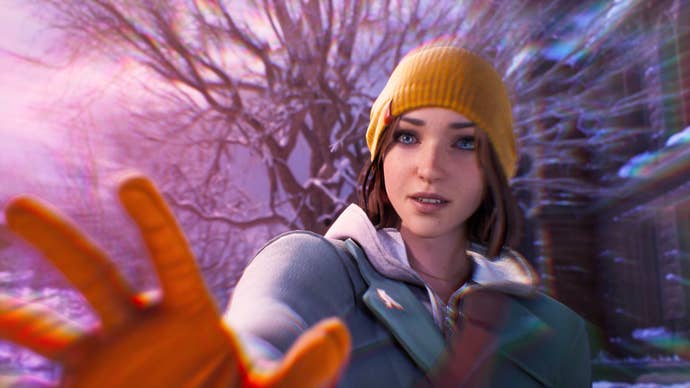
Max has aged broadly in real-time since her last chronological on-screen appearance in the original Life is Strange. In-universe we last saw her in October 2013, and Double Exposure picks up the thread in December 2023; the awkward 18-year-old art student from Arcadia Bay has given way to a moderately less awkward 28-year-old artist-in-residence at the fictional Caledon University in Vermont. Max is still unmistakably her same old self, but at the same time, she's matured in ways that feel very authentic to me, as a fellow queer artsy millennial introvert.
Max's growth as a character is apparent from the game's earliest scenes, with the evidence often being teased out for us through her conversations with her new colleague-turned-bestie Safi. For example: 10 years ago, Max's bisexuality was such a hushed topic that she was barely even allowed to overtly like men, let alone other women. So it's a breath of fresh air to catch up with DE-era Max, who can quite openly admit to admiring three different women and having a long-term relationship with another within the first hour of the game — which if nothing else is a nice reminder of how far casual representation in games has come in the past decade, and how much Square now trusts LIS as a queer-friendly brand name.
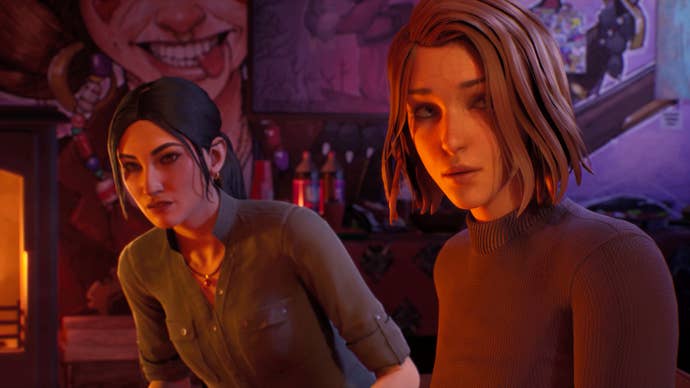
But does this mean that Max is a smooth operator after a decade of romantic experiences? Pleasingly, it's not a simple case of "yes" or "no". On the one hand, Max's relationships with her potential new love interests — achingly-cool bartender Amanda and puckish administrative assistant Vinh — are characterised not by adolescent yearning, but by all parties being able to say up-front: "hey, I really like you, how would you feel about us spending some time together as more-than-friends?" It's all terrifically grown-up — and couldn't be further from LIS1 Max's largely-subtextual sapphic awakening with Chloe, or the mutual chaste hesitancy when arranging a maybe-date with fellow geek Warren.
But that obvious advancement into adulthood is tempered significantly by the fact that Max can procrastinate like hell on these conversations even after admitting she wants to have them, while an increasingly-exasperated Safi wingmans from the sidelines. And when Max's tendency to make weird dad jokes takes a hard turn into accidental innuendo, the game lets you choose whether she's flustered or attempts to play it off — which, as a recovering shy person myself, felt like the truest thing of all: whether you can laugh at your own goofiness or want to blush yourself inside out really can depend on the day.
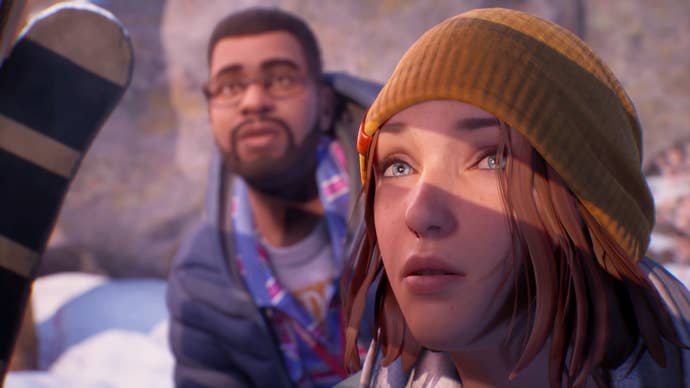
It's not all welcome demonstrations of the greater confidence that comes with life experience, though. The very structure of the game seems designed to remind us that adulthood also brings with it a shrinking of our horizons, which feels melancholy even when it's accompanied by life becoming more secure and comfortable.
I've always associated the Life is Strange franchise with sweeping vistas across golden American landscapes, a constant background reminder that these young adult protagonists were still at the very beginning of their journeys, with every possibility ahead of them. But while Double Exposure doesn't lack for gorgeous views across a frozen Vermont lake town in midwinter, the truly lavish scenery has been almost entirely inverted, and the indoor spaces which were once reliably less visually interesting have become the central hubs of Max's life.
You only have to look at the arts faculty building at Caledon where she works — which seems to have been converted from some kind of gothic cathedral, complete with stained glass windows and vaulted ceilings — or her modern three-story artist's "cottage" with its wall-length picture windows to understand how and why Max's world has become more enclosed. Why would she feel the need to look out towards the distance when what's in front of her suits her so well? Double Exposure even features fewer scene transitions than previous games in the series, subtly reinforcing that feeling of Max being settled in a place, regardless of the dramatic occurrences she finds therein.
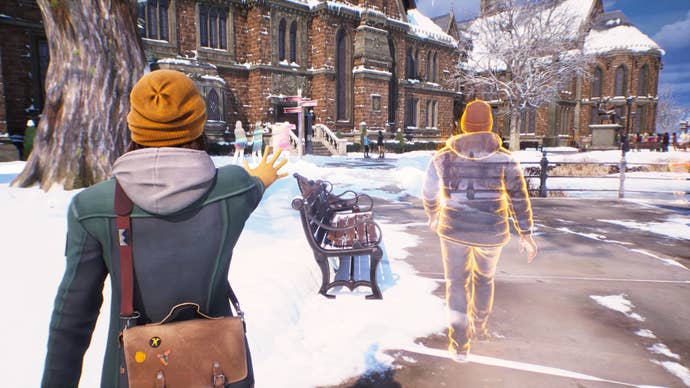
All of which is to say that Life is Strange: Double Exposure does many things both big and small to create that feeling of following up with a well-known and much-loved character a decade on in her life. It's one of the best examples of allowing a legacy character to naturally and realistically mature that I've ever witnessed in fiction. But even so, there's a part of me that feels like something's missing.
Perhaps it's the sense of existing half-in the proverbial teenage daydream, poised on the brink of a real life that's about to begin, that Life is Strange has always conveyed so powerfully in the past. It's only right that this sense of boundless potential has started to fade for Max now — in fact, it would've been unbelievably cloying if she'd reappeared a decade down the line having learned nothing in the interim. But while it is, as the title of Chapter 1 so cleverly reminds us, "Still Life", I can't help but feel like it's a little bit less strange than it used to be. And that's less scary, but also less wondrous.
Honestly, Deck Nine? Representing how it feels to hit your late 20s this accurately feels like a personal attack.
This preview was written based on a PS5 copy of Life is Strange: Double Exposure - Chapters 1 & 2 provided by the publisher.
The final three chapters of Life is Strange: Double Exposure will be available alongside the game's full release for all players on October 29th for PC, PlayStation 5, and Xbox Series X/S. Be on the lookout for our full review then, too!


